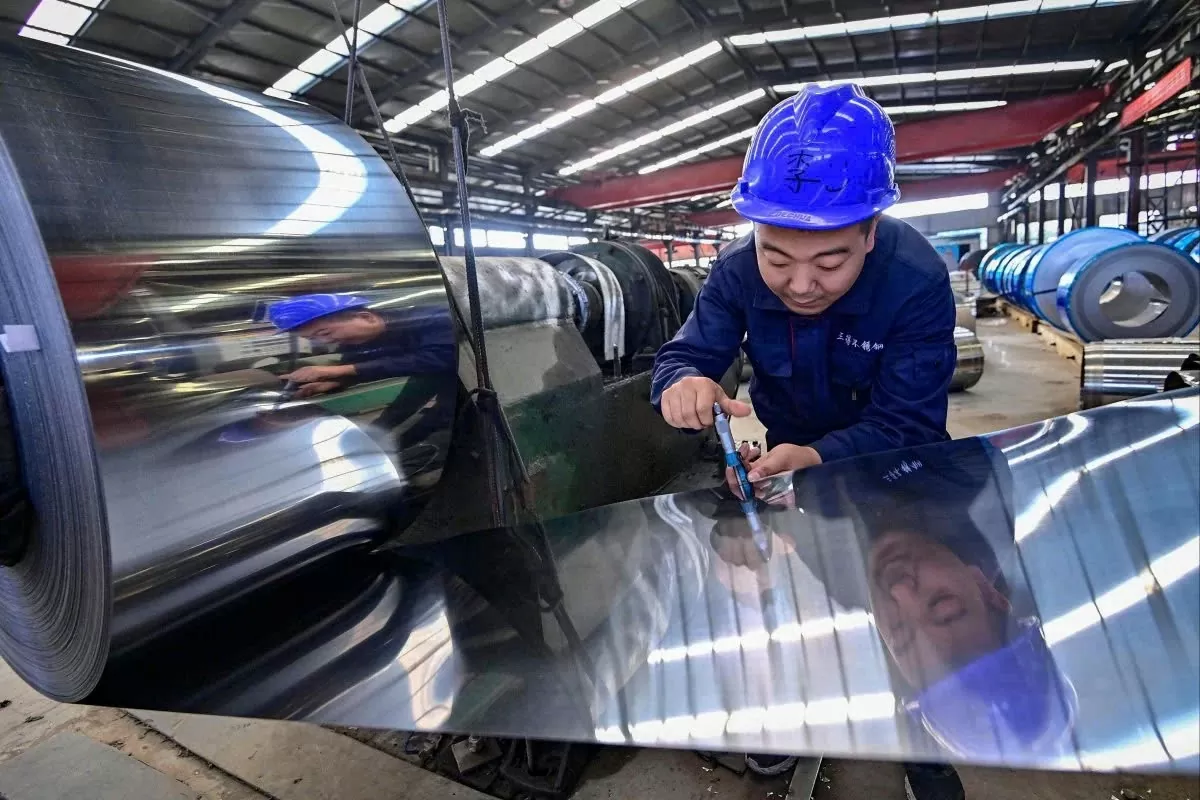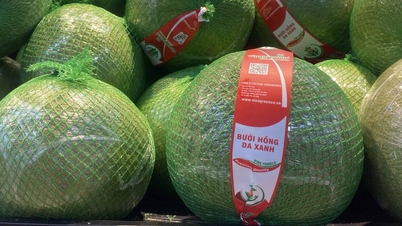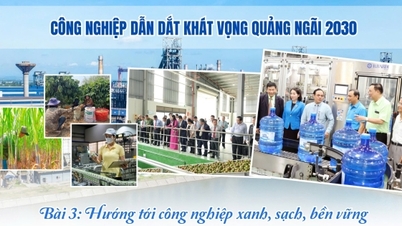China exported its highest amount of steel in eight years in September as the industry grapples with overcapacity due to a property slump and weak domestic demand, raising concerns that the surge in steel exports could exacerbate global trade tensions.
According to customs data, China's steel exports in September reached 10.15 million tons, up 25.9% year-on-year, the highest level since June 2016. However, the value of steel exports decreased by 11.62% year-on-year. Meanwhile, in the first eight months of 2024, China exported 66.818 million tons of steel, up 31.8% year-on-year, but the total export value decreased by 10.7%.
With more than half of the world's steel output, China mainly consumes steel in sectors such as construction, infrastructure, machinery and automobiles. However, the construction industry, which accounts for 35% of domestic steel consumption, has been hit hard by the prolonged crisis in the real estate sector. As of August, the number of newly built houses fell 22.5% compared to the same period last year, slowing construction activities and forcing steelmakers to step up their search for overseas markets.
 |
China's steel exports hit an eight-year high in September as domestic demand slumped, raising the risk of international trade tensions - (Illustration photo) |
In the first eight months of 2024, China's largest steel export markets were Vietnam (accounting for 10.25% of total exports), South Korea (8.71%) and Indonesia (5.25%).
According to Mr. Yan Liang, economist at Willamette University (USA), shared: "The main problem lies in the state of overcapacity and competition between cheap steel and high-quality steel." He said that the Chinese steel industry is facing a structural problem of supply and demand, with a decline in demand from the housing industry while production continues to increase. China's move to increase steel exports could increase trade tensions with many countries.
This year, China has faced 28 steel-related trade investigations from 12 economies, including the European Union, the United States, Brazil, Vietnam and Malaysia. That's up from just two last year, both initiated by the United States. The investigations largely focus on China exporting excess steel onto international markets, putting pressure on steelmakers in other countries.
Despite China’s steel output curbs in 2016, production continued to rise due to rising industry profits, until capacity cuts were reintroduced in 2020. However, losses were widespread. As of September 6, 95.7% of 247 steel companies surveyed in China were operating at a loss, according to Mysteel.
The China Iron and Steel Association recently held a meeting to address the problem of excess capacity, emphasizing the need to eliminate “zombie capacity” – inefficient businesses that survive on government subsidies. The association also called for mergers and divestments of weak businesses to improve production efficiency.
China's steel exports are expected to reach 100 million tonnes this year, the highest level in eight years. However, with the export surplus on the rise, the risk of facing international trade investigations is also growing.
China’s steel industry is at a critical juncture as it faces pressure from both domestic and international sources. While increased exports may be a temporary solution to overcapacity, in the long term the industry will need to restructure to ensure sustainability and mitigate the risks of trade investigations.
https://www.scmp.com/economy/article/3282751/chinas-steel-export-surge-prompts-concerns-it-could-add-trade-tensions
Source: https://congthuong.vn/xuat-khau-thep-trung-quoc-tang-manh-doi-mat-nguy-co-dieu-tra-thuong-mai-353245.html




































































































Comment (0)